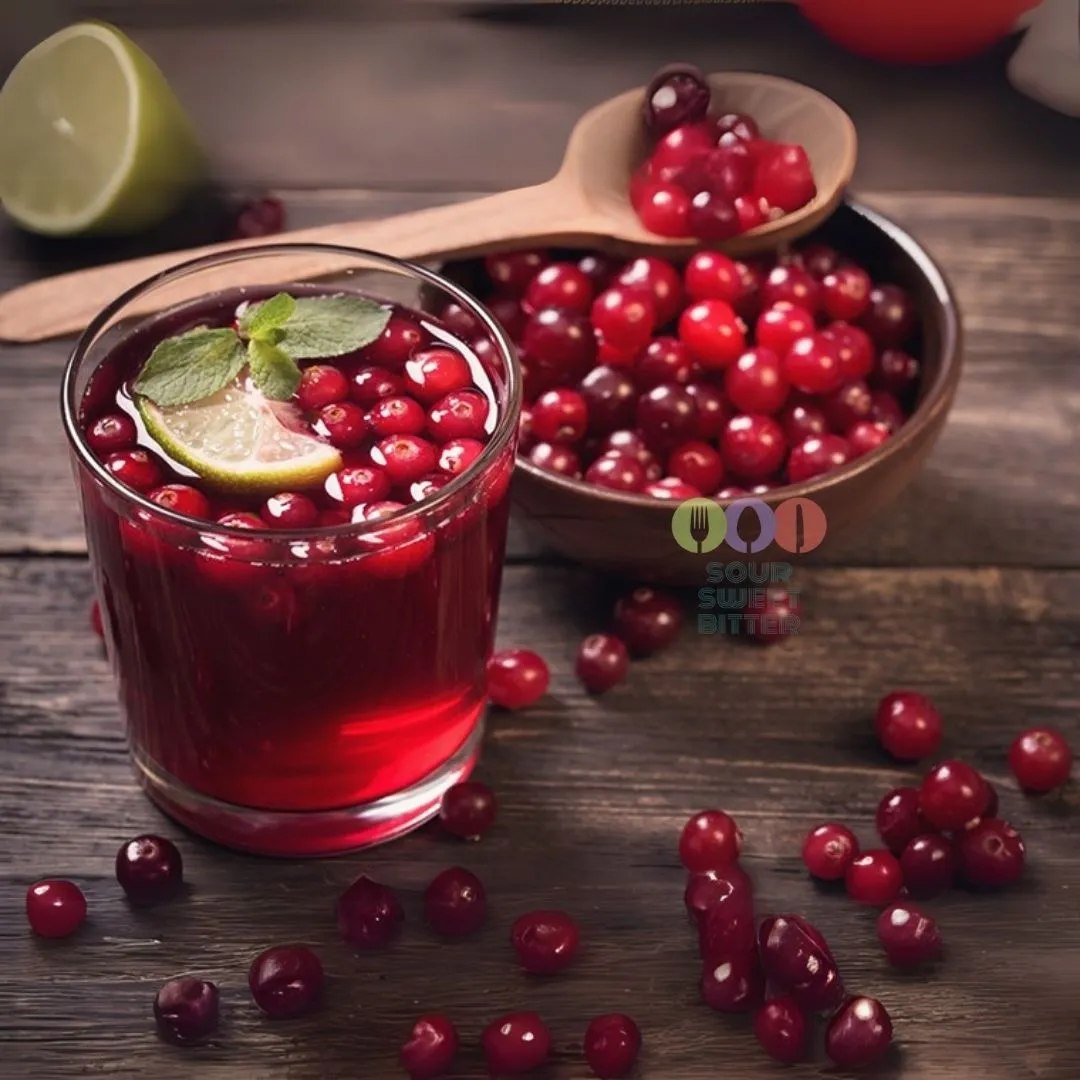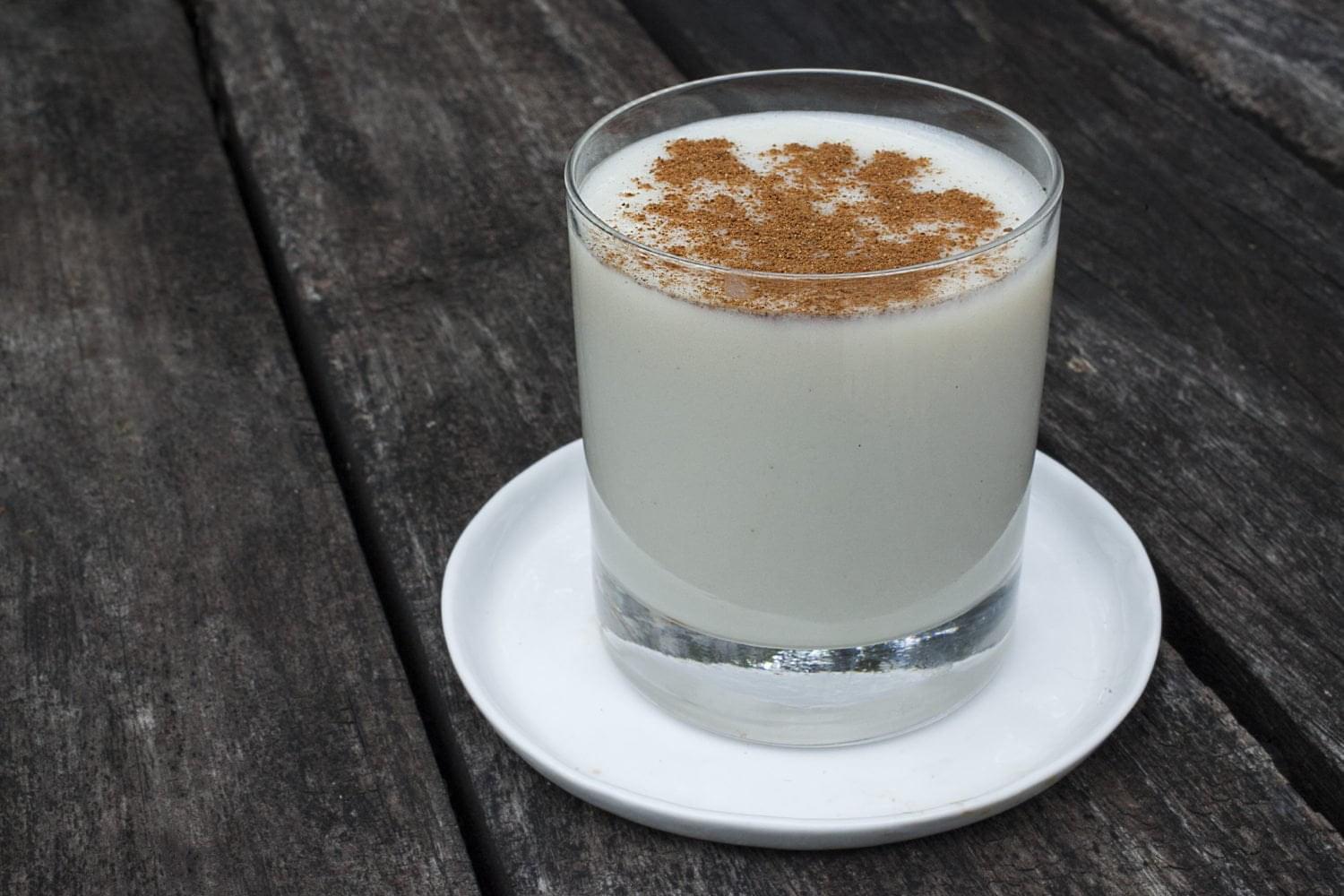Moroccan Mint Tea: A Story of Warmth, Ritual, and Timeless Hospitality
In Morocco, tea isn’t just something you drink—it’s something you experience. It carries with it layers of history, a deep cultural significance, and a ritualistic charm that has stood the test of time. Moroccan mint tea, known locally as “atay”, is more than a blend of green tea and mint—it’s a symbol of community, a welcoming gesture, and the heartbeat of Moroccan hospitality.
From Distant Lands to Moroccan Tables: The Journey of Tea
Although tea itself didn’t originate in Morocco, it found its place there in a way that feels almost fated. Green tea is believed to have arrived via European merchants in the 18th century, particularly through British traders during the Crimean War. But it wasn’t until the Moroccans infused it with local mint, sugar, and ceremony that it became something uniquely theirs. What began as a foreign product transformed into a daily essential that now defines Moroccan culture.
More Than Brewing: The Sacred Art of Tea Preparation
Making Moroccan mint tea isn’t rushed or casual—it’s ceremonial. The steps are deliberate and meaningful, usually performed in front of guests as a sign of respect and care. Boiling water is added to green tea leaves, fresh sprigs of mint are tossed in, and generous spoonfuls of sugar follow. But it’s the final step—the high pour into slender tea glasses—that seals the ritual. It’s part show, part science, and entirely symbolic.
A Cultural Gesture with Layers of Meaning
Offering tea in Morocco is a silent yet powerful way of saying, “You’re welcome here.” Whether you’re a close friend, distant relative, or a stranger walking through the door, being handed a glass of mint tea is an invitation to connect. And it’s often not just one glass. Traditionally, three rounds of tea are served, each one representing a different chapter of life:
- The first glass is gentle, symbolizing the sweetness of life.
- The second is stronger, echoing the complexities of love.
- The third is bold and intense, a nod to life’s final chapter.
To turn down tea is to turn down kinship—and that simply isn’t done.
Why the Taste Stays with You
What sets Moroccan mint tea apart from other varieties isn’t just the ingredients—it’s the balance of flavor, freshness, and memory. The green tea (often Chinese gunpowder) brings a slight bitterness, while the mint adds brightness. Sugar doesn’t just sweeten the drink—it creates harmony. The result is a cool, aromatic, and bold flavor profile that lingers in both taste and emotion.
The Role of the Teapot and Glassware in the Ritual
A traditional Moroccan tea set is as important as the drink itself. The berrad, a long-spouted metal teapot, is used for both brewing and pouring. The glasses, small and often beautifully decorated, are part of the visual delight. The dramatic pour from above—sometimes a foot or more in the air—not only cools the tea but also adds a bit of theatrical flair to the moment. It’s all part of the experience.
Today’s Morocco Still Lives Through Its Tea
Even in modern homes and city cafés, the tradition of mint tea lives on. You’ll find it being served before meals, during business meetings, or while catching up with friends. In rural areas, it remains the centerpiece of family gatherings. Tourists may be drawn in by the taste, but what stays with them is the warmth of the ritual, the unspoken invitation to slow down and share a moment.
Why Moroccan Mint Tea is More Than a Drink
Every culture has its comfort rituals. For Moroccans, mint tea is that ritual. It’s there during celebrations, negotiations, and even moments of solitude. It reflects generosity, patience, and the beauty of tradition. Each glass holds more than tea—it holds stories passed down through generations, the rhythm of daily life, and a sense of belonging.
Discover Traditional Moroccan Recipes Discover Traditional Recipes from AfricaIngredients
Instructions
-
Heat the water in a kettle until it almost boils.
-
In a metal teapot, place the loose green tea and add a little hot water to moisten the tea.
-
Gently stir the tea to distribute the water and let it sit for about a minute, then pour the remaining water into the teapot.
-
Add the fresh mint leaves to the teapot.
-
Add sugar to taste (Moroccans generally enjoy it quite sweet).
-
Place the teapot over low heat and let the tea steep for a few minutes, without boiling.
-
Pour the mint tea into small glasses, holding the teapot high to create foam (foam is a sign of quality mint tea preparation).
-
Your traditional mint tea is ready. شهية طيبة!












